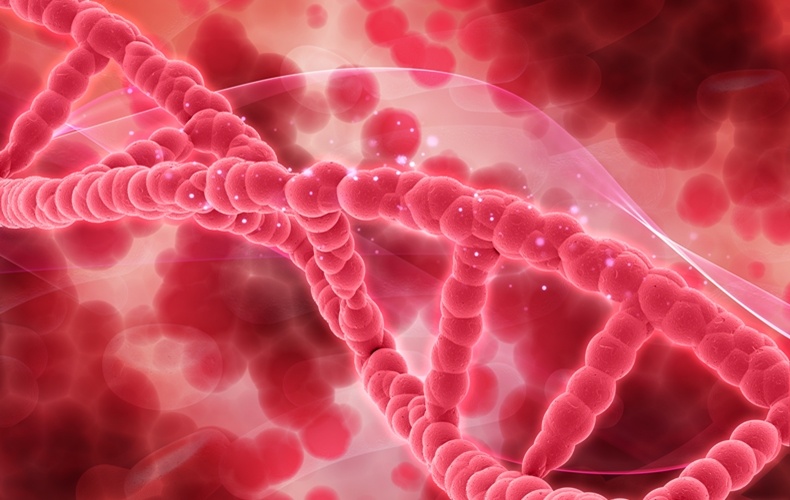
Gene therapy has been often mentioned in the media in recent years. It is an experimental technique that treats genetic diseases by altering a person’s genes. It either alters a disease causing gene or adds a healthy gene to replace it. The first gene therapy was approved by the FDA in 2017 and aims to treat a rare genetic form of blindness.
In the past few years, researchers began combining gene therapy and stem cell therapy to develop innovative new treatments for cancer, immune system disorders, and blood disorders — one of which is sickle cell anaemia.
How will gene therapy treat sickle cell anaemia?
Sickle cell anaemia is a rare genetic condition that may be treatable using gene therapy. The condition causes red blood cells to become misshapen and die early. This leads to the body having a shortage of red blood cells to carry oxygen. The misshapen blood cells can also block blood flow occasionally.
Researchers have been developing two potential treatments for sickle cell anaemia, with both using a combination of gene therapy and Haematopoietic Stem Cells (HSCs). Haematopoietic stem cells are the blood-forming stem cells that primarily reside in the bone marrow.
One potential treatment removes some of the patient’s haematopoietic stem cells then replaces the mutated gene causing the disease with a healthy copy. The haematopoietic stem cells are then transplanted back into the patient where they should produce healthy red blood cells.
The other treatment genetically modifies a gene in the patient’s haematopoietic stem cells to boost the production of a form of haemoglobin called foetal haemoglobin. This type of haemoglobin can repress the mutated red blood cells.
Both treatments are exciting steps forward for treating this dangerous condition. The results of various studies testing these new treatments will be published in the coming years.
Source: Gene Therapy
{{cta(‘d59882b5-74e2-4033-be94-d4c340e1978c’)}}


